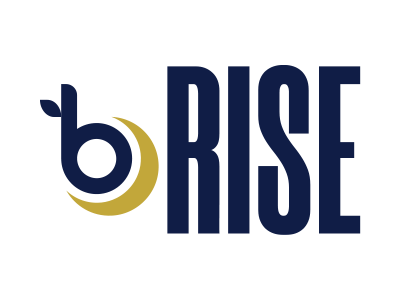Using olfactory bulbectomy in rats as an animal model of depression, Buchborn et al. (2014) demonstrated that repeated LSD treatment reversed the marked deficits in active avoidance learning in this animal model. This finding was similar to an earlier article in which Grecksch et al., (1997) found reversal of these deficits by imipramine; Buchborn et al. (2014) conclude that LSD has an antidepressant-like effect in this model. Where available, Ki values for cloned human 5-HT2A and 5-HT2C receptors are also listed for comparison. Early experiments found that LSD potently suppressed cell firing in the dorsal raphe nucleus if it was given systemically (Aghajanian et al., 1968, 1970) or applied by microiontophoresis directly to the raphe cell bodies (Aghajanian et al., 1972).
What are the signs and symptoms of psychedelic addiction?
In the smoking study, a third of participants experienced some fear or anxiety at a high dose of the psilocybin, Johnson says. But he adds that the risks can be minimized by carefully selecting participants and administering the drug are psychedelics addictive in a controlled environment. Additionally, a 2016 clinical trial explored the effects of psilocybin on the symptoms of depression and anxiety in 51 individuals with a diagnosis of potentially life threatening cancer.
Hallucinogen-Induced Persistent Perception Disorder
Soyka et al. (2005) used 18FFDG PET in 10 unmedicated schizophrenia patients with vivid positive symptoms. Schizophrenia patients had higher, but nonsignificant, regional metabolic rates of glucose in almost all quantified regions compared with controls, but the right/left frontal-occipital metabolic ratio was significantly higher for the schizophrenia patients, indicating a hypermetabolic pattern. Halberstadt and Geyer (2013b) recently reviewed the topic of serotonergic hallucinogens as translational models relevant to schizophrenia. In their review, they note the many early groups that studied the effects of LSD, mescaline, and psilocybin, who concluded that these drugs produced mental states that resembled the earliest phases of schizophrenia. The four widely used animal behavioral models are startle habituation, PPI, HTRs in rodents, and deficits in temporal processing (interval timing). Each of these models is extensively discussed in this review, and it is pointed out that the 5-HT2A receptor plays a fundamental role in each of them and is also known to be an important target for atypical antipsychotic drugs.
LSD and Mental Health: Research & Future Treatments
Ololiuqui is a naturally occurring psychedelic that is found in the https://ecosoberhouse.com/ seeds of the morning glory flower, which grows in Central and South America. Like mescaline, ololiuqui has a long history of use in spiritual rituals among indigenous groups where the plant grows but unlike mescaline, it is not a controlled substance in the U.S. Dimethyltryptamine (DMT) is a naturally occurring plant-based psychedelic found in the bark and nuts of certain trees from Central and South America.
- Ketamine is not a classic psychedelic but a synthetic agent with a long history of safe use as an anesthetic agent in human and veterinary medicine.
- Timothy Leary, a renowned Harvard scientist, was a pivotal figure in the advocacy for the therapeutic uses of psychedelic substances like LSD.
- Early in vitro studies showed that the “antiserotonin” effect of BOL was at least comparable to that of LSD (Cerletti and Doepfner, 1958), so downregulation of the 5-HT2A receptor by BOL might be expected to block the effects of LSD.
- And it is also hard to tease apart the effects of psilocybin from those of the cognitive-behavioral therapy in the smoking study, Johnson notes.
- These studies were all carried out with the synthetic i3 peptide; the next experiments focused on the intact full-length 5-HT2A receptor, where it was confirmed that Ser314 was indeed phosphorylated.
Fear conditioning is known to be a model of emotional learning in which amygdala circuits play an important role (see references in Bombardi, 2014). The amygdala receives substantial serotoninergic innervation originating mainly from the dorsal raphe nucleus and, to a lesser extent, from the median raphe nucleus (Pralong et al., 2002; Hensler, 2006; Asan et al., 2013). Autoradiography with 3Hketanserin has shown light to moderate expression of 5-HT2A receptors in most nuclei of the amygdala, with higher expression in the cortical nucleus and dorsolateral subdivision of the lateral nucleus (Pazos et al., 1985). Similarly, in situ hybridization has demonstrated that most nuclei of the amygdala have moderate levels of 5-HT2A receptor mRNA, with higher levels in the cortical nucleus and dorsolateral subdivision of the lateral nucleus (Wright et al., 1995).

